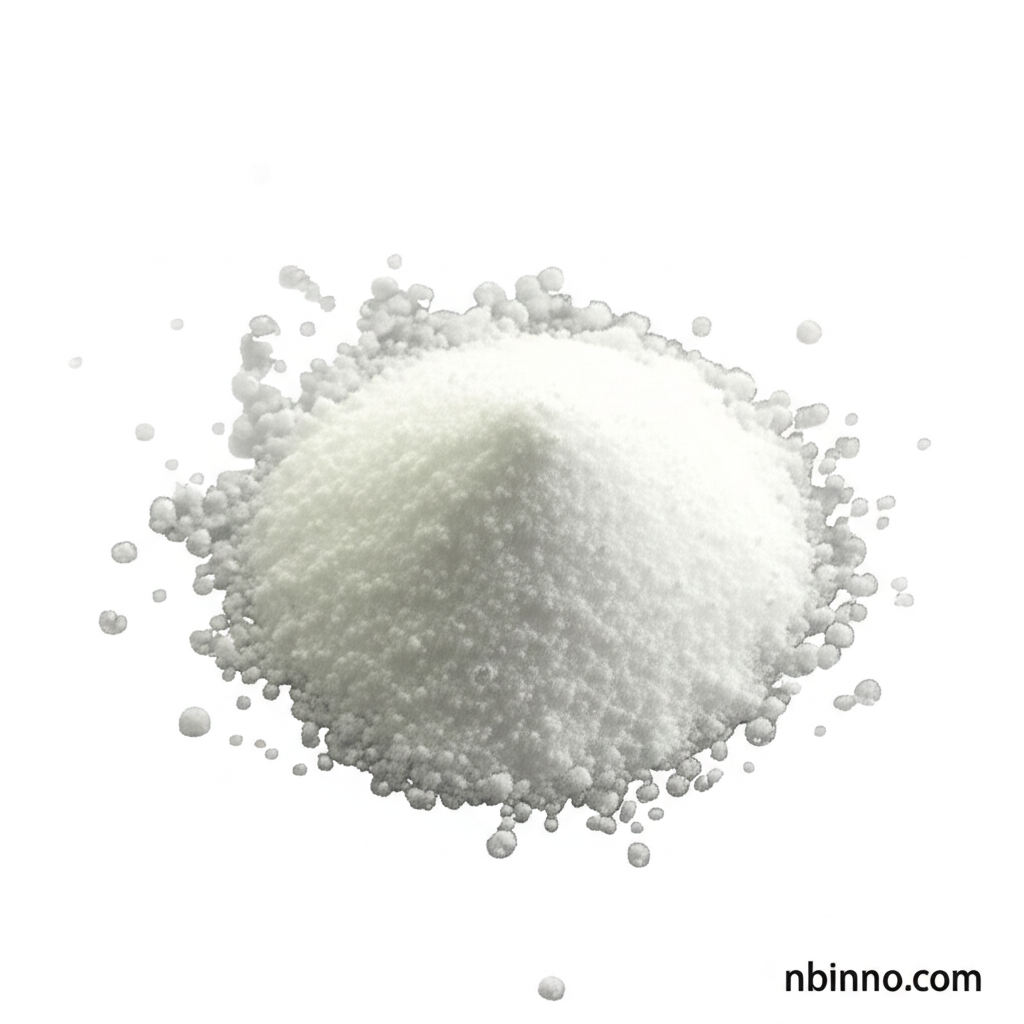High-Purity 4-tert-butyl-2,6-bis(4-tert-butylpyridin-2-yl)pyridine: Synthesis, Properties, and Applications in Organic Chemistry
Discover the advanced synthesis and multifaceted applications of this key organometallic compound, a vital tool for cutting-edge chemical research and development.
Get a Quote & SampleProduct Core Value

4-tert-butyl-2,6-bis(4-tert-butylpyridin-2-yl)pyridine
As a premier supplier in China, we offer high-purity 4-tert-butyl-2,6-bis(4-tert-butylpyridin-2-yl)pyridine, an organometallic compound renowned for its exceptional properties as a polydentate ligand with strong coordination capabilities. This makes it an indispensable component in various scientific research applications and a crucial intermediate for the synthesis of complex organic compounds. We are dedicated to providing materials that meet the highest standards for your critical projects.
- Explore the detailed synthesis methods for the 4-tert-butyl-2,6-bis(4-tert-butylpyridin-2-yl)pyridine, focusing on optimization for scalable production.
- Understand the unique coordination chemistry of this polydentate ligand, crucial for its role in advanced research applications.
- Leverage this organometallic compound as a key chemical intermediate in the synthesis of novel organic compounds.
- Discover the potential applications of TTBT in catalysis and future medical advancements, driving innovation in chemical science.
Key Advantages Offered
Superior Coordination Ability
The inherent structure of 4-tert-butyl-2,6-bis(4-tert-butylpyridin-2-yl)pyridine provides exceptional polydentate ligand characteristics, enabling strong and stable coordination with various metal centers, which is essential for its use in coordination chemistry and catalysis.
Versatile Chemical Intermediate
As a vital organometallic compound chemical intermediate, it plays a crucial role in the synthesis of a wide range of complex organic molecules, supporting innovation in organic synthesis and materials science.
Extensive Research Potential
The compound is extensively studied for its broad potential in scientific research, including applications as a catalyst in organic synthesis and as a fluorescent probe, underscoring its value in advancing chemical understanding.
Key Applications
Organic Synthesis
This compound serves as a critical building block and reagent in complex organic synthesis, facilitating the creation of novel molecular structures essential for advanced chemical research.
Coordination Chemistry
Its strong coordination ability makes it an excellent polydentate ligand for studying metal-ligand interactions and developing new metal complexes with tailored properties.
Catalysis
The compound is investigated for its catalytic properties in various organic transformations, offering potential for more efficient and selective chemical reactions.
Material Science & Medical Research
Exploratory research into its use in metal-organic frameworks and potential medical applications, such as cancer treatment, highlights its future promise and versatility.
